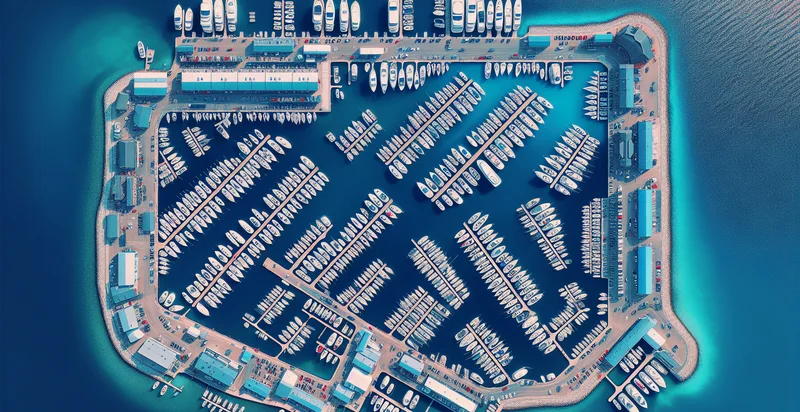Identify aerial views of logging sites
using AI
Below is a free classifier to identify aerial views of logging sites. Just upload your image, and our AI will predict if the aerial view shows active logging or not - in just seconds.

Contact us for API access
Or, use Nyckel to build highly-accurate custom classifiers in just minutes. No PhD required.
Get started
import nyckel
credentials = nyckel.Credentials("YOUR_CLIENT_ID", "YOUR_CLIENT_SECRET")
nyckel.invoke("aerial-views-of-logging-sites", "your_image_url", credentials)
fetch('https://www.nyckel.com/v1/functions/aerial-views-of-logging-sites/invoke', {
method: 'POST',
headers: {
'Authorization': 'Bearer ' + 'YOUR_BEARER_TOKEN',
'Content-Type': 'application/json',
},
body: JSON.stringify(
{"data": "your_image_url"}
)
})
.then(response => response.json())
.then(data => console.log(data));
curl -X POST \
-H "Content-Type: application/json" \
-H "Authorization: Bearer YOUR_BEARER_TOKEN" \
-d '{"data": "your_image_url"}' \
https://www.nyckel.com/v1/functions/aerial-views-of-logging-sites/invoke
How this classifier works
To start, upload your image. Our AI tool will then predict if the aerial view shows active logging or not.
This pretrained image model uses a Nyckel-created dataset and has 2 labels, including Forest Area and Logged Area.
We'll also show a confidence score (the higher the number, the more confident the AI model is around if the aerial view shows active logging or not).
Whether you're just curious or building aerial views of logging sites detection into your application, we hope our classifier proves helpful.
Related Classifiers
Need to identify aerial views of logging sites at scale?
Get API or Zapier access to this classifier for free. It's perfect for:
- Environmental Monitoring: This use case involves utilizing aerial views of logging sites to monitor ecological changes and assess the impact of logging activities on forest ecosystems. By analyzing these images, researchers and regulators can identify areas vulnerable to deforestation, ensuring compliance with environmental regulations.
- Supply Chain Optimization: Companies in the timber supply chain can use aerial imagery to oversee logging operations in real-time. By identifying logged and unlogged areas, companies can optimize transportation routes and scheduling, reducing costs and improving efficiency in the supply chain.
- Forestry Management: Government agencies and forestry management organizations can use this technology to maintain sustainable forest practices. By regularly assessing logging sites through aerial imagery, they can enforce reforestation initiatives and sustainable logging practices, helping to preserve biodiversity.
- Insurance Assessment: Insurance companies can leverage aerial views to evaluate risks associated with logging operations when underwriting policies. This data can assist in determining appropriate coverage levels and premiums based on the logging site’s condition and history.
- Wildlife Conservation: Conservationists can employ aerial imagery to track the impact of logging on local wildlife habitats. By identifying logging practices, they can advocate for protective measures and create better strategies for habitat restoration and wildlife protection.
- Legal Compliance and Reporting: Logging companies can use aerial image classification to ensure adherence to legal requirements regarding land use and forest management. This data assists in preparing necessary documentation and audits, minimizing the risk of legal penalties.
- Public Awareness and Education: Non-profit organizations and educational institutions can use aerial imagery to promote public awareness about the effects of logging on forests and ecosystems. These images can serve as powerful visual tools in advocacy campaigns, helping to educate the public and influence policy changes.


